The HTC One X for AT&T Review
by Brian Klug on May 1, 2012 6:00 PM EST- Posted in
- Smartphones
- Snapdragon
- HTC
- Qualcomm
- MSM8960
- Krait
- Mobile
- Tegra 3
- HTC One
- NVIDIA
Cellular
I stated before that AT&T’s HTC One X is really a One XL, and that the L connotes LTE inside. The reason is that the phone is based around Qualcomm’s MSM8960 which includes the company’s latest and greatest baseband. It’s the same block as what’s in MDM9615 (which we await with bated breath), and again gets 28nm goodness. MSM8960 supports virtually every air interface - CDMA2000 1x/EVDO up to Rev. B (multicarrier), GSM/EDGE, WCDMA (up to DC-HSPA+ Cat.24), TD-SCDMA for China, and of course LTE up to category 3 with 3GPP Release 9. A couple specifications pages erroneously list the One X AT&T as supporting AWS for WCDMA, however the device does not work with T-Mobile WCDMA and the One XL page lists the correct air interface support.
| HTC One X AT&T- Network Support | |||||
| GSM/EDGE Support | 850 / 900 / 1800 / 1900 MHz | ||||
| WCDMA Support | 850 / 1900 / 2100 MHz | ||||
| LTE support | 700 MHz (Band 17), AWS (Band 4) - UE Category 3 | ||||
| Baseband Hardware | MSM8960 Baseband | ||||
| HSPA Speeds | HSDPA 21.1 (Cat 14) / HSUPA 5.76 (Cat.6) | ||||
In the case of the AT&T One X, we’re talking about 5 or 10 MHz FDD-LTE and HSPA+ up to 21.1. Even though the baseband can do multicarrier HSPA+ with ease, AT&T still is only running 16QAM (HSDPA 14.4) in most markets, and 64QAM in some (HSDPA 21.1), though I’ve never ever seen it. The device is limited using some parameters set in build.prop like I’ve seen before:
ro.ril.hsdpa.category=14
ro.ril.hsupa.category=6
ro.ril.hsxpa=4
HSDPA Category 14 corresponds to 21.1 Mbps, and category 6 on the uplink is what everyone is running at maximum right now, at 5.76 Mbps. The FCC filing for the AT&T One X includes note that this is indeed LTE Category 3, and the expected LTE Band 4 and 17 compliance with both 5 and 10 MHz channels.
The AT&T One X uses circuit switched fallback (CSFB) to deliver WCDMA 3G voice when in an LTE market, the switch to IMS voice will come later, but for now know that there’s no simultaneous voice and LTE, you hard handover to WCDMA, do the call, then hand back up.

HTC One X AT&T Antenna Locations
One of the first things I usually do on any smartphone that's handed to me is look for Field Test, and on WCDMA/UMTS HTC phones that's usually found through dialing *#*#7262626#*#*. I know that at least one prototype HTC One X (AT&T) model was verified to have field test which launched with that well known dialer code. Unfortunately, all of the HTC Ones have no such field test/engineering menus - I've searched using all the tricks I know and found nothing. That said you can still get LTE RSRP and RSCP under About -> Networks, or from alogcat on the One X AT&T. I would still prefer proper FieldTest with RRC state information, it's unfortunate to see HTC sanitizing release images prior to launch, and I'm not sure what the motivations possibly could be for removing this even on the international variants.
To test AT&T LTE on the HTC One X, I drove a total of over 350 miles up to and around Phoenix, AZ, an AT&T 10 MHz FDD market, and ran over 180 tests using the speedtest.net app, which I then exported and made some pretty histograms from. The results are pretty positive, with a few spikes over 60 Mbps - as a reminder the theoretical maximum for 10 MHz FDD-LTE on a UE Category 3 device is 73 Mbps.

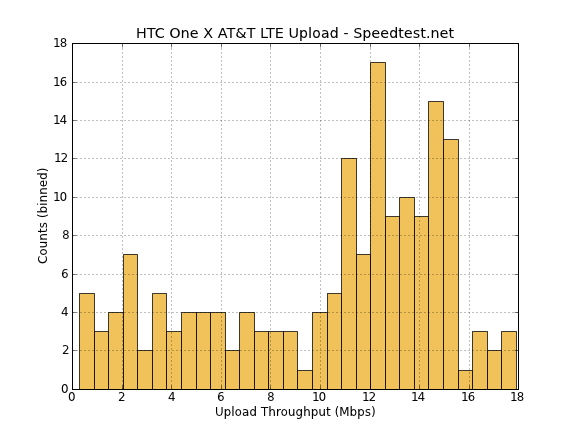

AT&T LTE is quite fast, although it is admittedly still nascent and thus not quite as loaded with as many devices as Verizon’s. That said 60+ Mbps tests are always good fun to see without much effort at all. I drove around and spotted a number of LTE base stations in Phoenix, AZ with remote radio heads, which means vastly reduced cable losses.
On HSPA+ in my home market, I was able to hit impressive speeds thanks to the combination of both the default LTE “pta” APN for AT&T data, and Rx diversity on the One X.

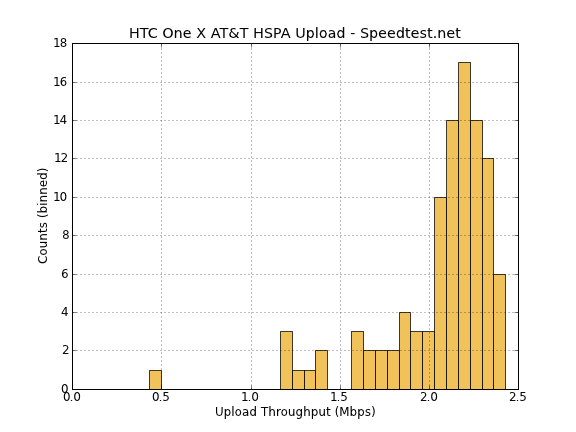
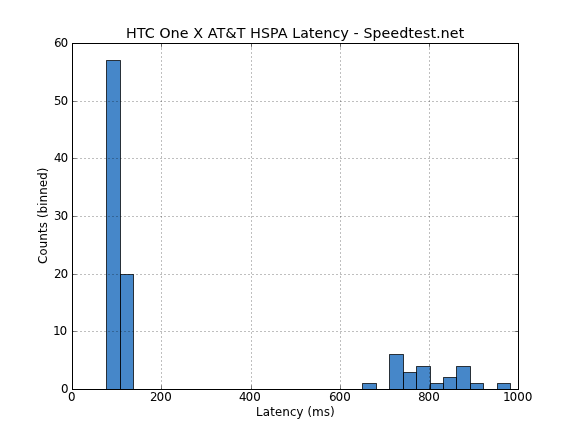
On HSPA+ I’m able to hit right up near the 14.4 theoretical maximum for single carrier WCDMA with 16 QAM in my market. This is very impressive considering other devices I have routinely get 10–11 Mbps maximum in the same conditions.
GNSS
Like many other Qualcomm based devices, the HTC One X uses the gpsOneGen 8A with GLONASS GNSS system for location. It locks almost instantaneously indoors, and performs great.
The GLONASS behavior of this system is like other QCT systems I’ve seen, wherein it only looks for the GLONASS constellation when GPS SNR is low. You can see these with GPS Test and satellites numbered 65–68.
WiFi
WLAN and BT 4.0 on the HTC One X is courtesy onboard “wcnss_wlan” which I take it means the WiFi baseband onboard MSM8960 with some external RF (WCN3660). What’s interesting to me is that this is the first device I’ve seen that will tune 40 MHz channels on 5 GHz. The full breakdown is as follows - single spatial stream 802.11a/b/g/n with 20 MHz channels on 2.4 GHz, 40 MHz channels on 5 GHz, with all modes supporting the short guard interval rates. That means up to a 72 Mbps rate for 2.4 GHz, and 150 Mbps on 5 GHz. Note that the internal WiFi information screens erroneously report 65 Mbps in all conditions even when the MCS negotiated with an AP is higher.
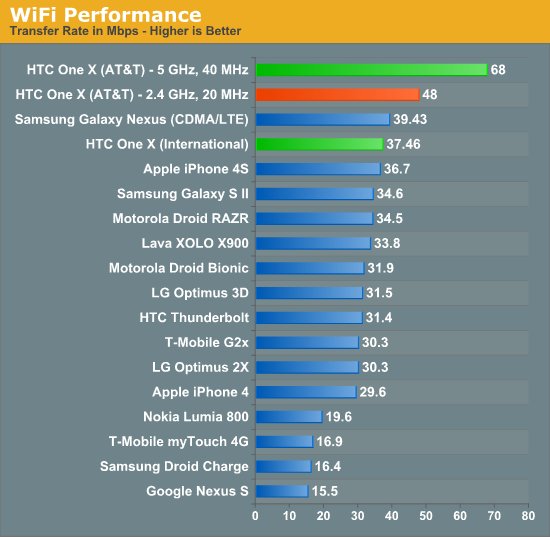
HTC includes the proper band preference tab inside the advanced settings for WiFi, alongside an interesting high performance / higher power checkbox.
I’m not entirely sure what the checkbox does, but the band preference tab (which mirrors that from Galaxy Nexus) works properly. Unsurprisingly the One X posts the highest WLAN throughput I’ve seen from a smartphone to date.
NFC
The One X includes NFC tag and beaming support courtesy the ubiquitous NXP PN544. It works as expected and is exposed in the right way as far as I can tell. I tested both beaming with a Galaxy Nexus and my trusty NFC tag from the Nexus S review.
Calls and Speakerphone
Noise suppression on the HTC One X is courtesy an Audience A1028 voice processor, a part we’ve seen a lot of in recent years. The One X again locates a primary microphone at the very bottom, and a secondary microphone at the very top of the device. With these two, the Audience chip can do some DSP and isolate out noise very effectively. I’ve recorded a demonstration the way we normally do just so illustrate, and unsurprisingly it works very well.
Next up, I tested speakerphone volume the same way we always do, using an Extech digital sound data logger placed 3 inches from the device while calling the same ASOS weather station.
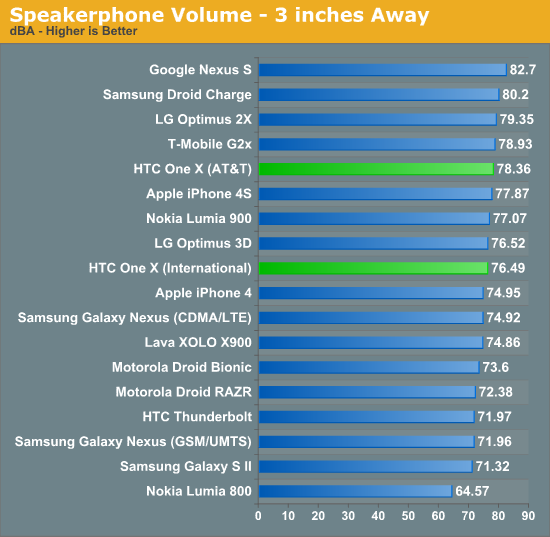
The speakerphone on the One X is on the backside and unfortunately lies nearly planar with the surface. Speakerphone volume on the HTC One X is loud enough to be good, but not chart topping.


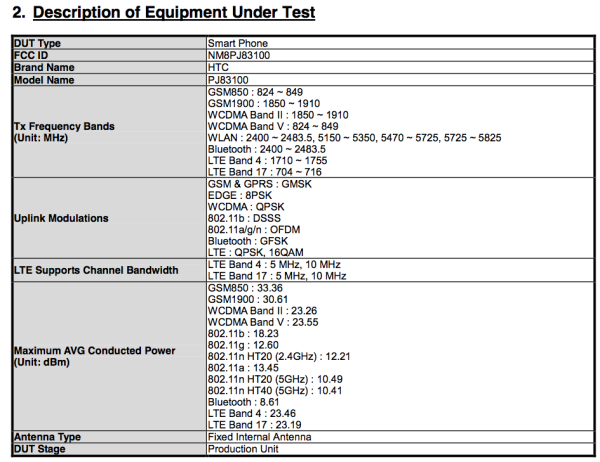
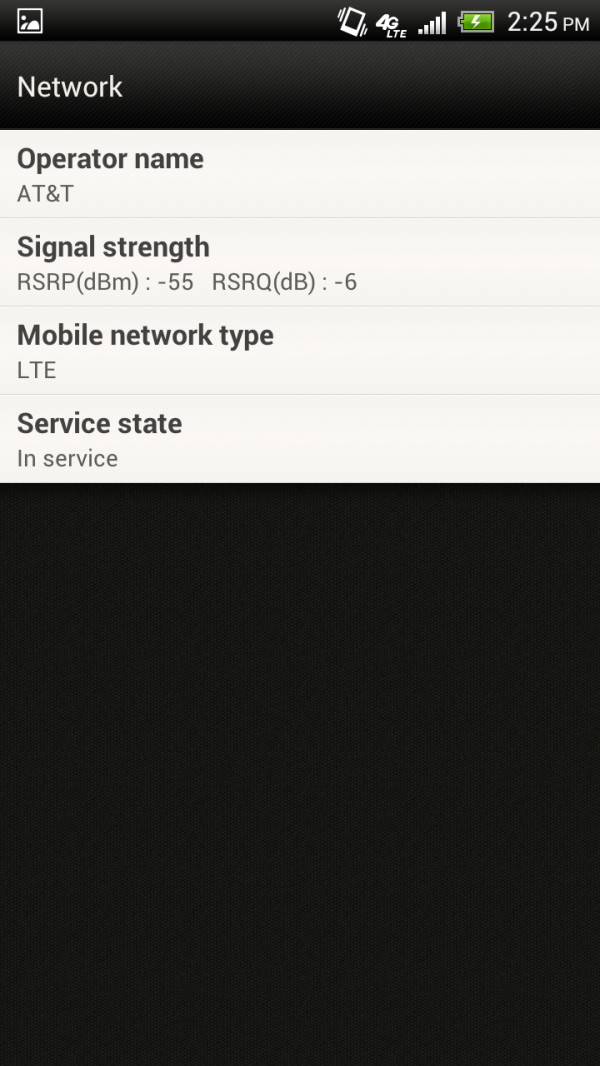
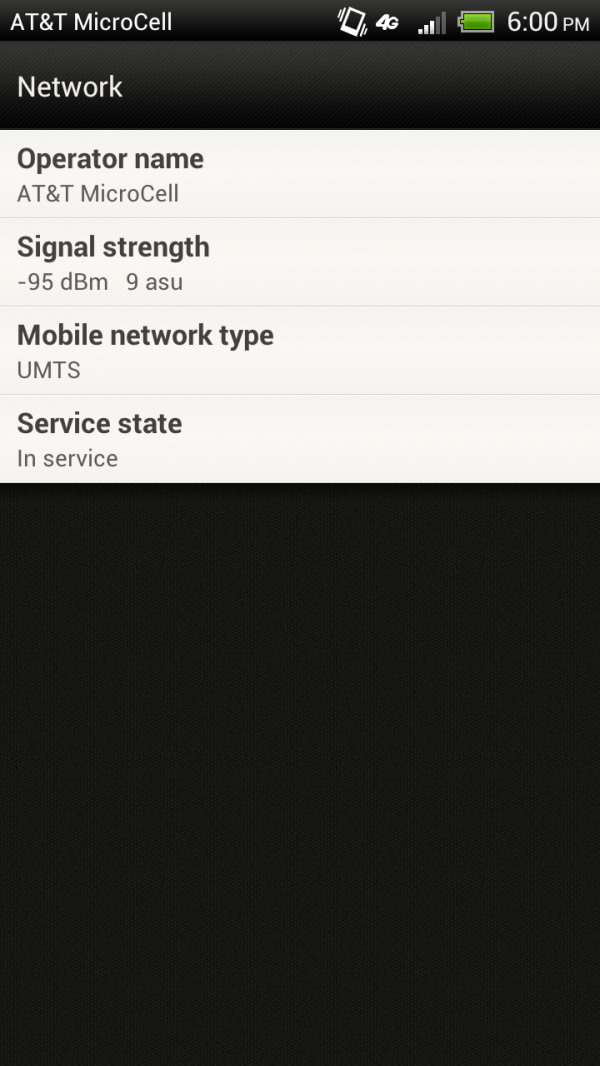
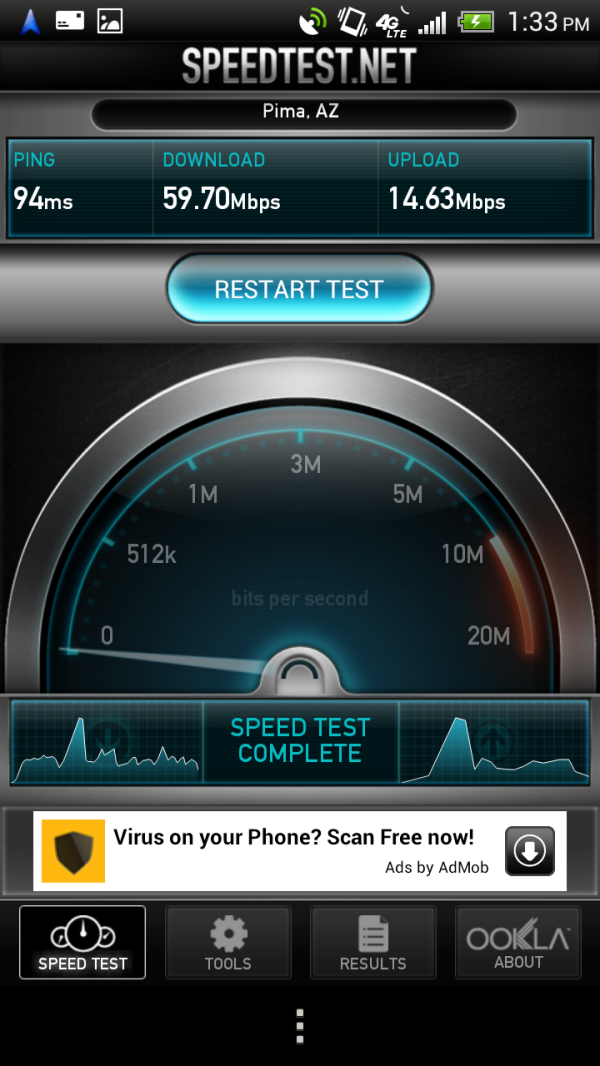
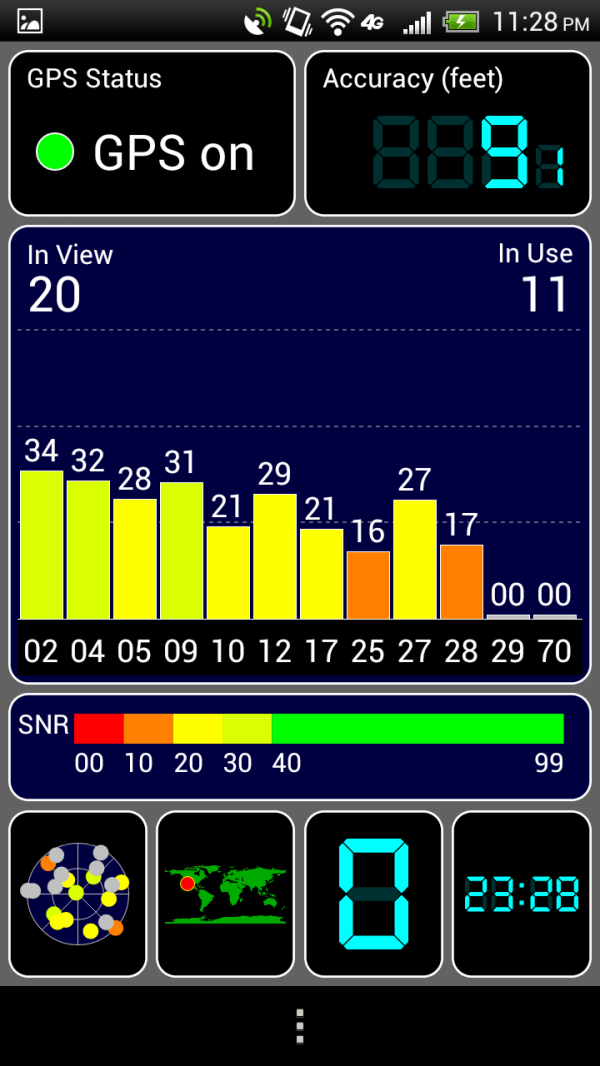
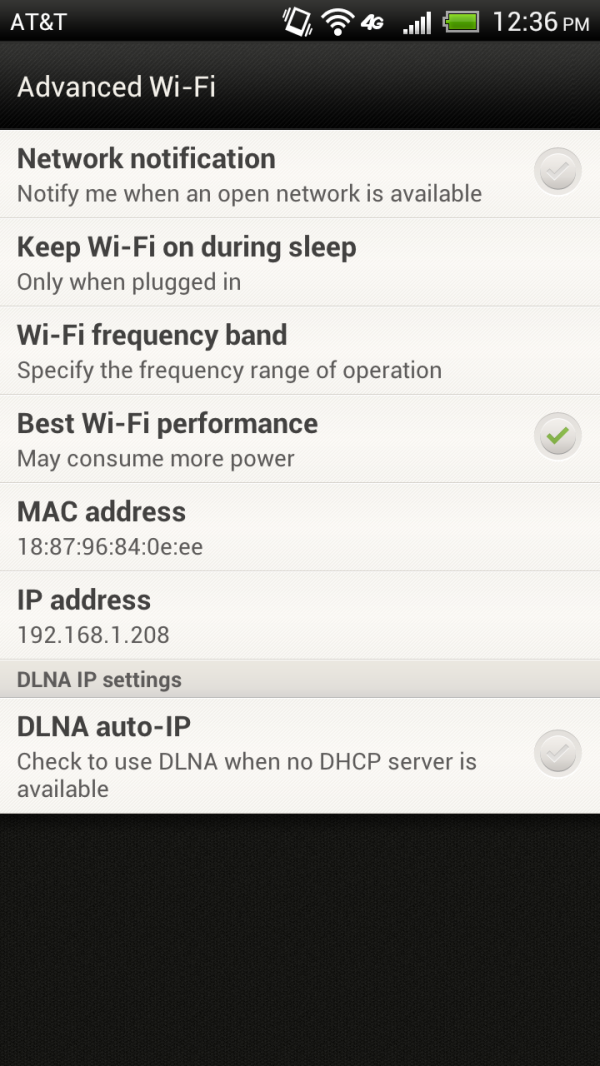
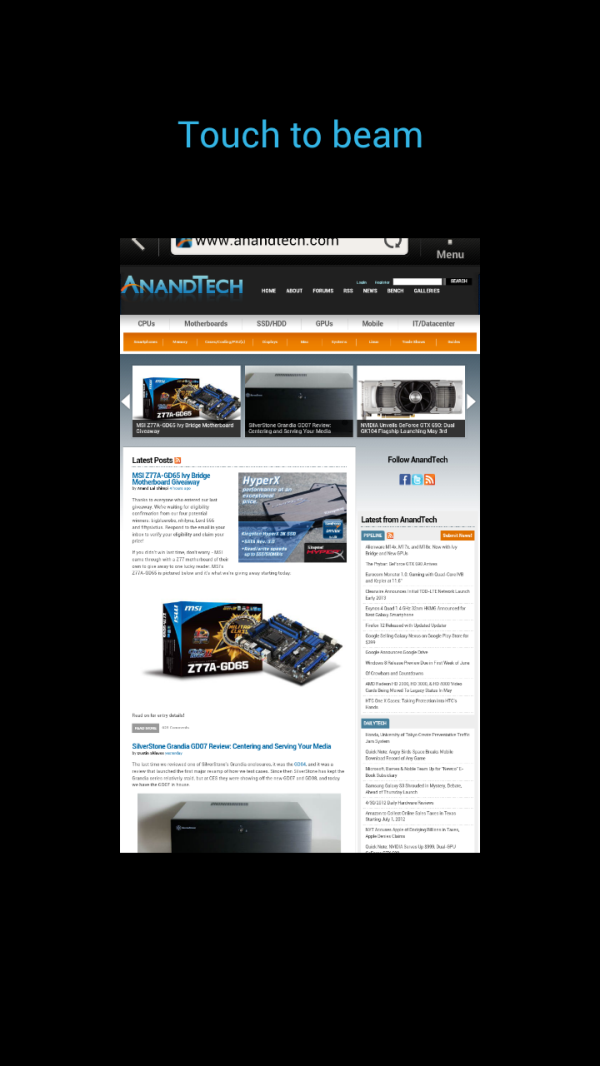








137 Comments
View All Comments
metafor - Wednesday, May 2, 2012 - link
His point is that blacks on an LCD require far more power than on an AMOLED. Since a black pixel on an AMOLED = no power used.I'm curious as to how the power consumption of a fully white AMOLED screen of equal pixel density and screen size compares to that of an LCD -- at equal brightness of course. This actually shouldn't be very difficult to test and really would be nice in one of these reviews.
Take the Galaxy Nexus or the upcoming GS3 and the One X, turn off everything (airplane mode, kill all background processes) and disable auto-lock/auto-dim. Turn the screen to various levels of brightness while displaying a pure white screen (several apps will do this).
Then see how long the phone takes to go from 100% battery to 0%. Extrapolate based on how large the battery is in WH rating.
Then compare the two.
Lucian Armasu - Saturday, May 12, 2012 - link
Which is why I find it very weird that Samsung didn't go with a more stock ICS dark look for their Galaxy S3. ICS feels like it was made for AMOLED displays, and yet Samsung refuses to use it. Shame.ilkhan - Tuesday, May 1, 2012 - link
I stopped reading at this line:"however the device does not work with T-Mobile WCDMA and the One XL page lists the correct air interface support."
The rest of it was totally irrelevant after that.
Pity. That screen has been getting tons of praise.
Maybe the OneX2 will include a proper GPU and TMo support.
ilkhan - Tuesday, May 1, 2012 - link
(no edits?)It was already borderline without a replaceable battery and without an mSD slot. The frequency support just closes the book for sure.
Which really is a pity. The android phones first got started by word of mouth "expandable storage, easy to hack, total control, function over form", the antithesis of apple. Now they are racing to embrace all the bullshit that apple did 5 years ago. We don't need 7mm thick phones. Gimme the extra 2 extra mm of thickness if it means I get an mSD slot and replaceable larger battery, I'll be happier that way.
metafor - Tuesday, May 1, 2012 - link
Having come from a Sensation to a One S, I gotta say, I love the 7mm thin factor over almost everything else (the weight too). With dropbox and Google music, most of my needs for large storage has been eliminated.ImSpartacus - Tuesday, May 1, 2012 - link
Just wait. When the market goes far enough in one direction, it opens up a niche market in the other direction.You might end up having to use a developer device or something like that, but you'll get your wish.
Zoomer - Wednesday, May 2, 2012 - link
I would like my 4 hardware buttons too. microSIM I suppose is acceptable, though the use of a special tool for access is not.So:
AMOLED
microSD
Physical Buttons
Trackball
Swappable batteries would be a plus, if only for easier debugging / full off.
Zoomer - Wednesday, May 2, 2012 - link
Oh almost forgot, HTC branding on the top of the glass. HTC's the manufacturer, NOT AT&T. AT&T is just pipe. ;)kmmatney - Wednesday, May 2, 2012 - link
You can always get an external USB battery to use an an extra battery (and it can charge other things to).sprockkets - Tuesday, May 1, 2012 - link
That's why they make the One S. Shame that has to be the case, but you might like the metal case better. I wish I could open it like the sensation though.